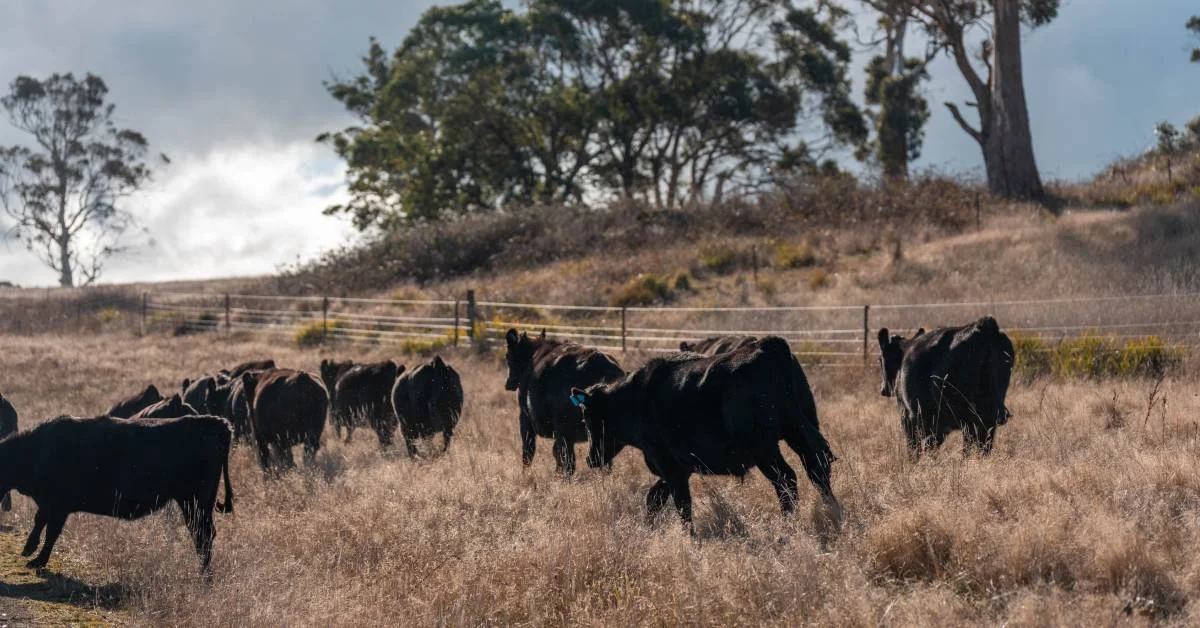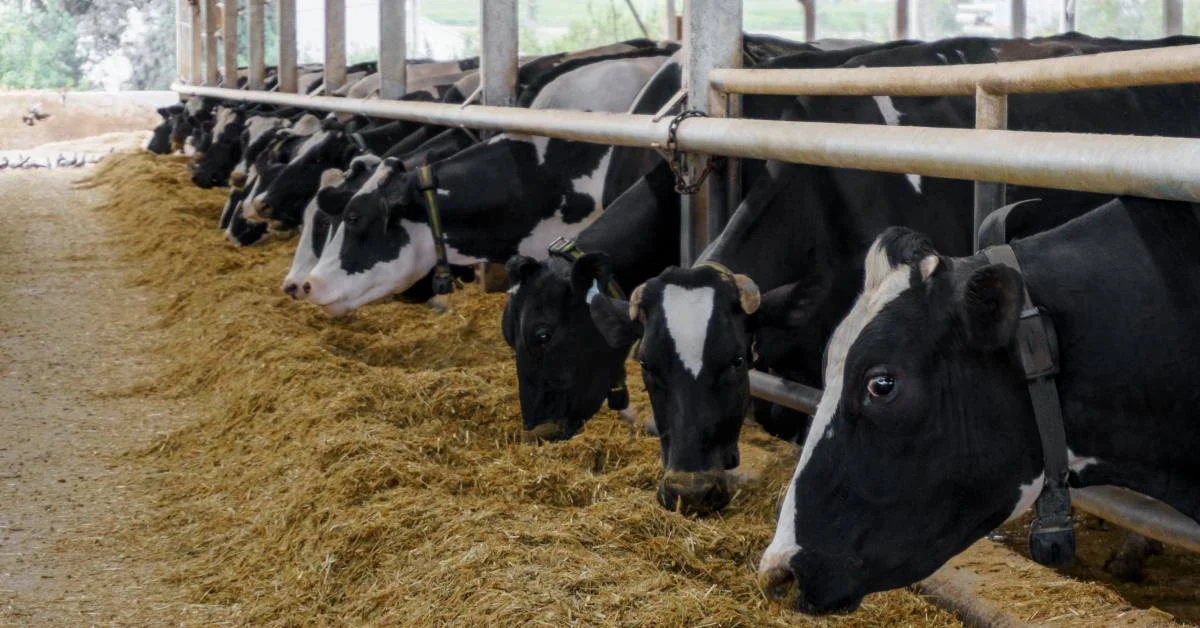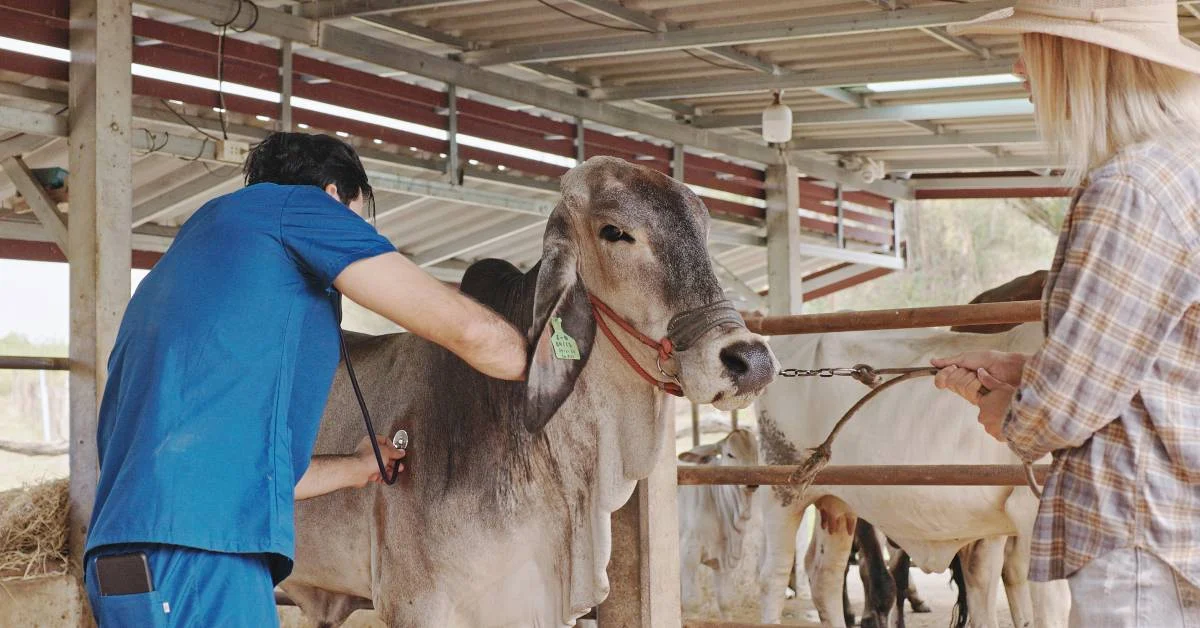Having worked with cattle associations, ranchers, feeders, processors, packers, certified marketing programs, third party auditors and retailers across United States, we are involved in every step of the beef lifecycle. We understand that consumers want to know where their food comes from and how each player in the beef supply chain can use technology to deliver the highest quality meat that can be traced from farm to table.
The unique insights we have gained from our involvement in each vertical of the beef industry has allowed us to understand traceability, its benefits for each player and the level of technology implementation required at each stage of the supply chain. So what is farm to table traceability and how does it benefit businesses and consumers?
Great beef starts with a great story. Traceability tells the story of your beef to the end consumers. It maps the journey of beef from the store, throughout processing, right back to the original animals on the farm. It provides accurate information on where the beef comes from. In case of any issues, regulators and other supply chain members can pinpoint the exact origin of the issue and deal with it more effectively.
Beef Traceability Starts on the Ranch
As a technology provider for the beef industry, it’s important for us to understand the entire beef production cycle starting from farm to fork. We know that food traceability starts from the ranch. To ensure that your animals are cared for properly, you make sure your service technicians, veterinarians and animal welfare specialists routinely visit your facility. At the same time, it’s important for you to keep and maintain records about health, breeding, calving, culling, weaning and feeding, etc. All of this information is carried forward with the animals as they move forward in the supply chain.
When we developed the Angus Black Book App for American Angus Association, we first understood the myriad challenges associated with cattle record keeping. We knew how paper based processes made it difficult for the association’s 25,000 members to record and track various activities. So we made a cross-platform mobile app for both ranch managers and their workers along with a web-based dashboard and reporting platform where records about all animals can be tracked. The solution allows ranch managers to make sure that the workers treat cattle with care and respect, provide them a healthy diet, and take care of the environment surrounding them.
Also Read: How You Can Improve Beef Quality Through Cattle Identification and Traceability Systems
Implementing Traceability at Feedlots
When cattle arrive at a feedlot, they are initially placed in quarantine to ensure no diseases are transferred to the feedlot. Meanwhile, travel records of all animals are verified based on regulatory guidelines and tags are added to assist livestock management within the feedlot. Cattle feeders must record data on ID number, breed, sex, health, weight, age as well as production history. Some regulators may also require feeders to record data on feed.
Our livestock identification and traceability software allows feedlots to maintain real-time traceability data. Besides recording identification and health data, you can also record what ingredients are put in the mixer and how much food goes in to the pen. The inventory management feature gives you a 360-degree view of all your critical assets. You know how many ear tags are left in the inventory and when to order them. And it’s much easier to manage the tags you have and assign them to individual and group animals. Traceability data collected at feedlots is passed on to processing and packing plants.
How Traceability is Used in Beef Processing and Grading
After passing the ranches and feedlots, cattle arrive at a packing facility where they are slaughtered and processed into marketable products for distribution. So when cattle arrive at a processing plant, they are placed in a holding pen where their identification is verified. Slaughtering process starts after complete verification of identification records. And from here starts the next stage of traceability.
As the carcass is split into smaller pieces, a barcode unique to the cut of meat, is attached to the piece as it travels through the processing plant. This barcode contains identifying information about the animal such as when the animal arrived, when processing began, who processed the animal, etc.
Traceability data can help beef processors and packers optimize both performance and profitability. A traceability software would enable packers to track the source of cattle that produce high quality cuts. This information can make it back to ranches and feedlots, who can adjust their programs to produce cattle with higher quality meat.
Packaging, Distribution and Retail
In the previous stage, the beef carcass goes onto the fabrication floor where it is broken down into unique cuts by butchers who make it ready for packaging and distribution. To ensure traceability across the whole supply chain, each trade item must be identified. Examples of trade items include bags, cartons, bins, totes, containers, etc. A tag or label is attached to each trade item with relevant records. So when beef products are moved from packing plant to retailers, they are labelled accordingly. Retail-ready labels are put on final products ready to be bought by the consumers. These labels enable consumers to track beef products from farm to table.
The thermal image on labels should be crisp and dark and their stability across smudge, scratch and moisture in the frosted cold chains should ensure data integrity. The adhesive should be able to adhere to damp and chilled packs of meat and strong enough to prevent the label from being knocked off in the packaging process. After the packaging process, the adhesive should increase its bond to keep the label on the product in chilled and frozen conditions for over a year.
Traceability Software
Farm to table traceability programs require collaboration across many stakeholders. The unique insights we have gained from our experience in the beef industry has allowed us to develop a cutting-edge livestock identification and traceability software. We have relationships across multiple industries so we can collaborate effectively to deliver the best outcome. We’d welcome the opportunity to share our knowledge with you, or talk about options for new industries that may need a traceability solution.








